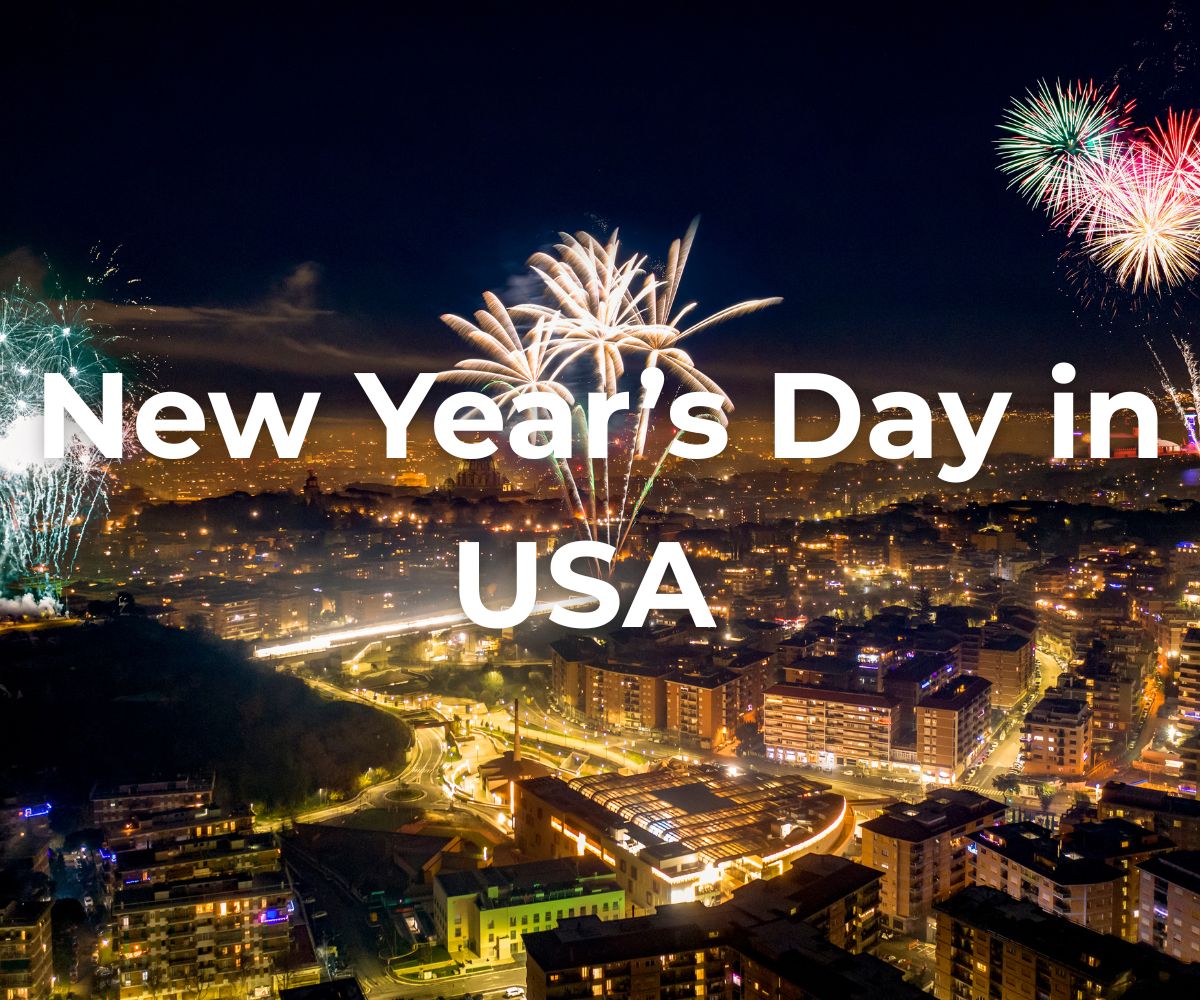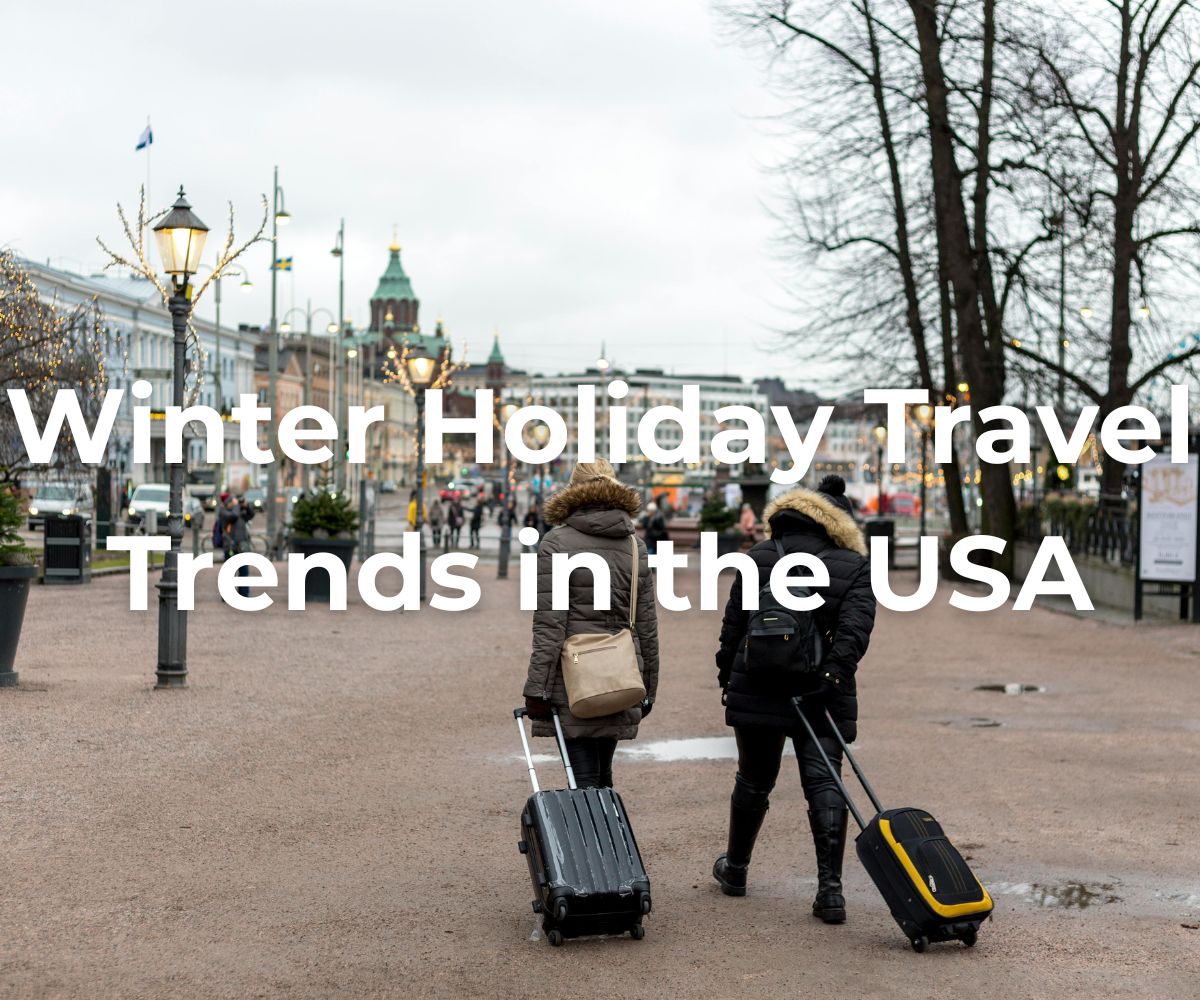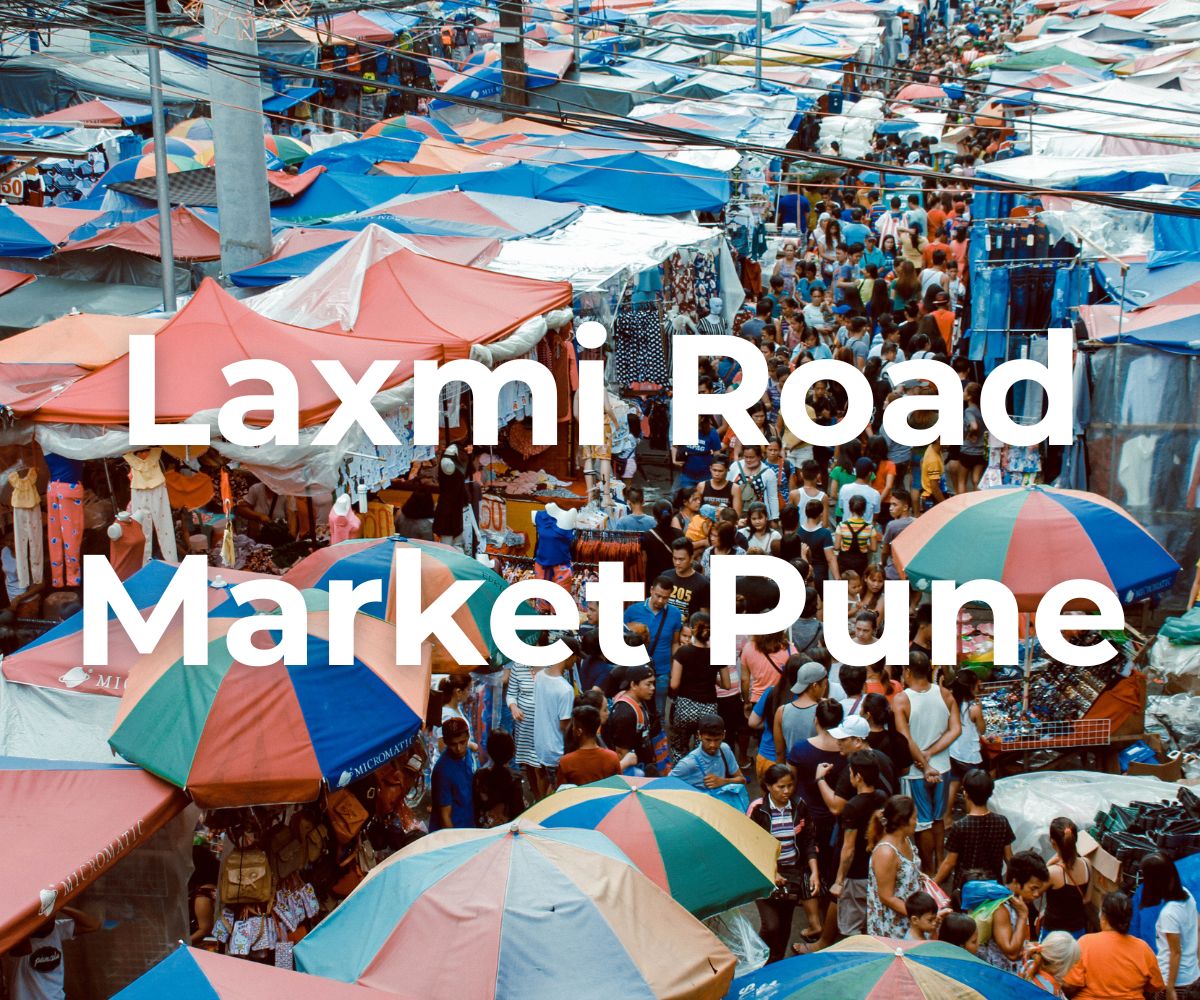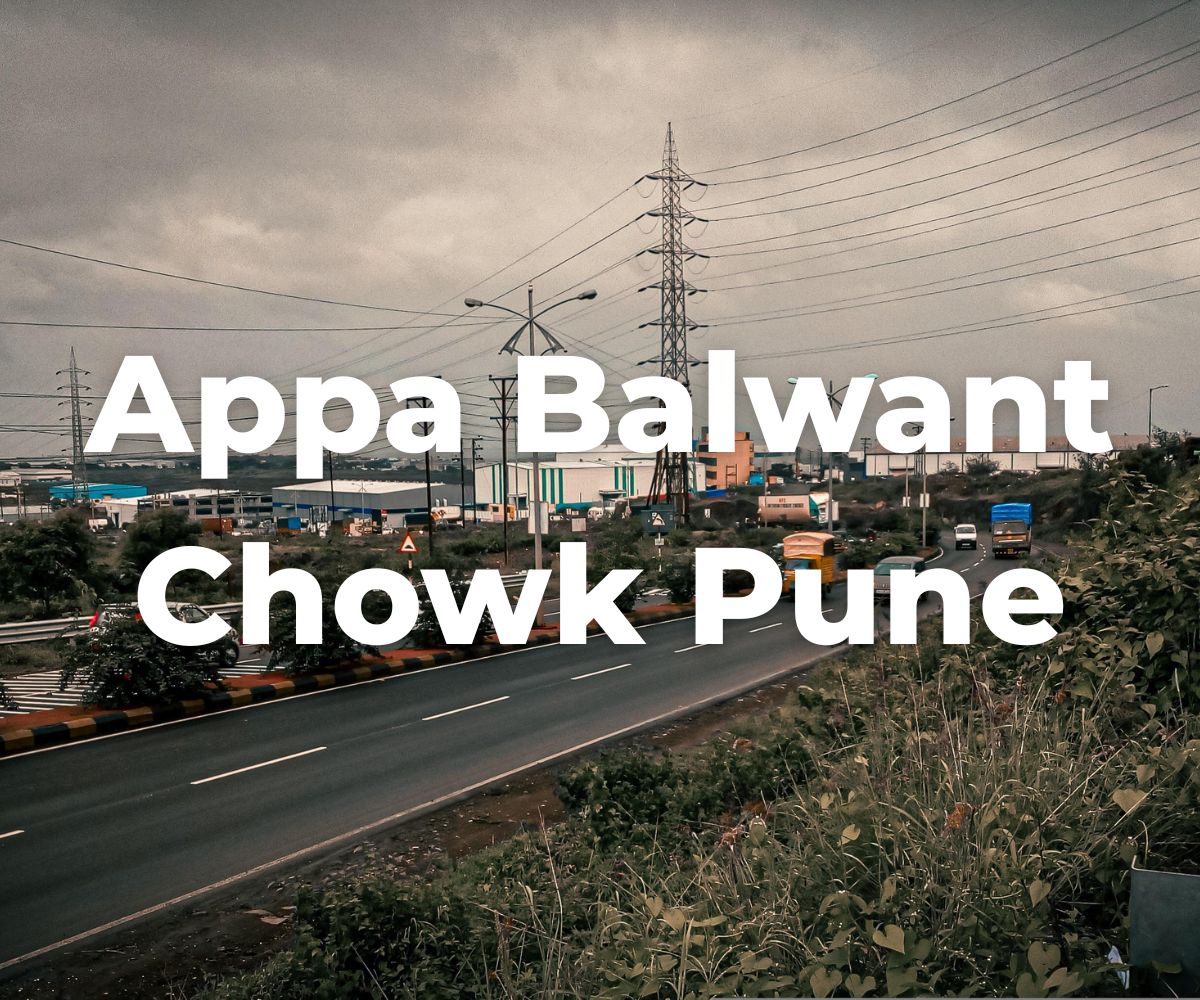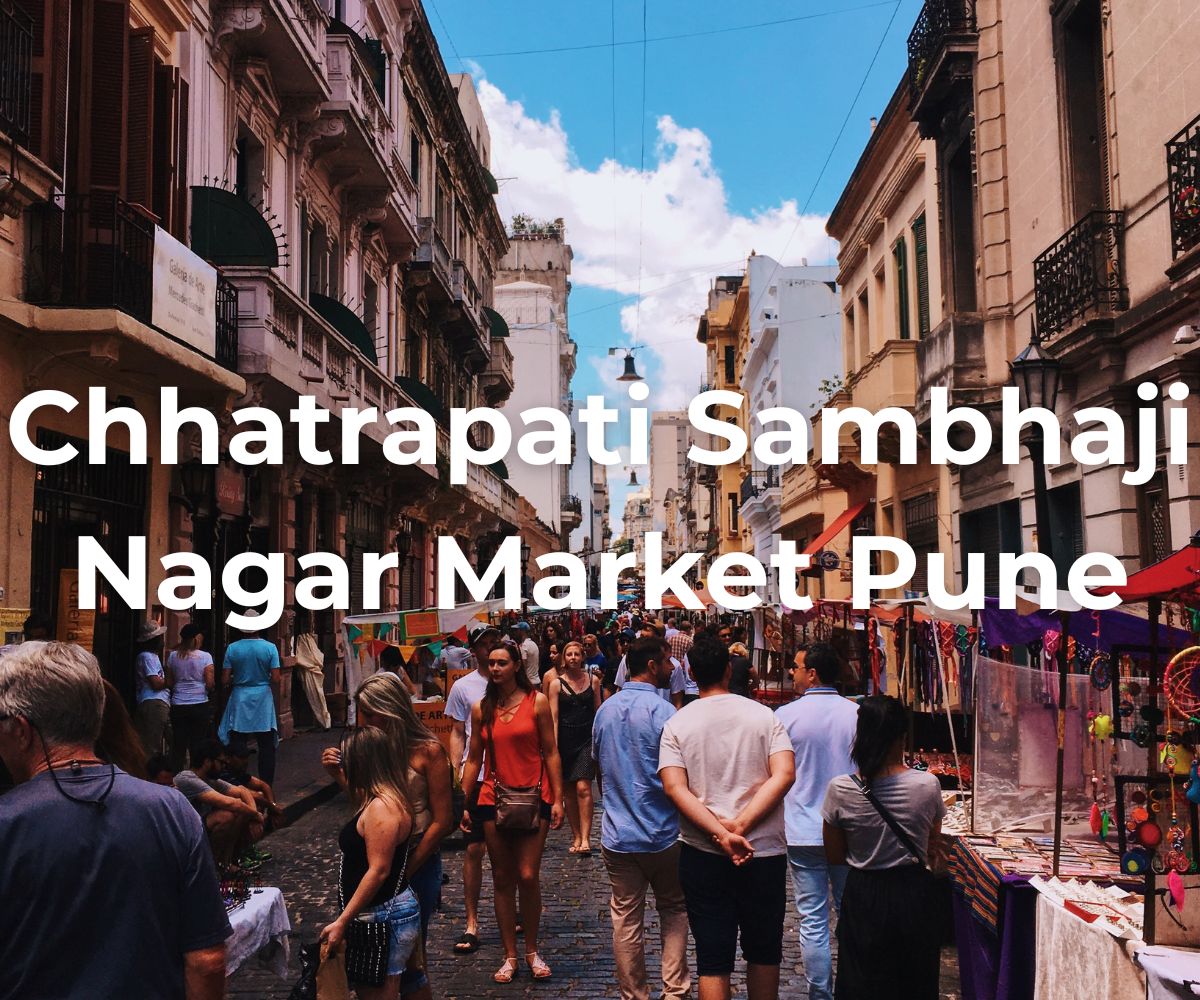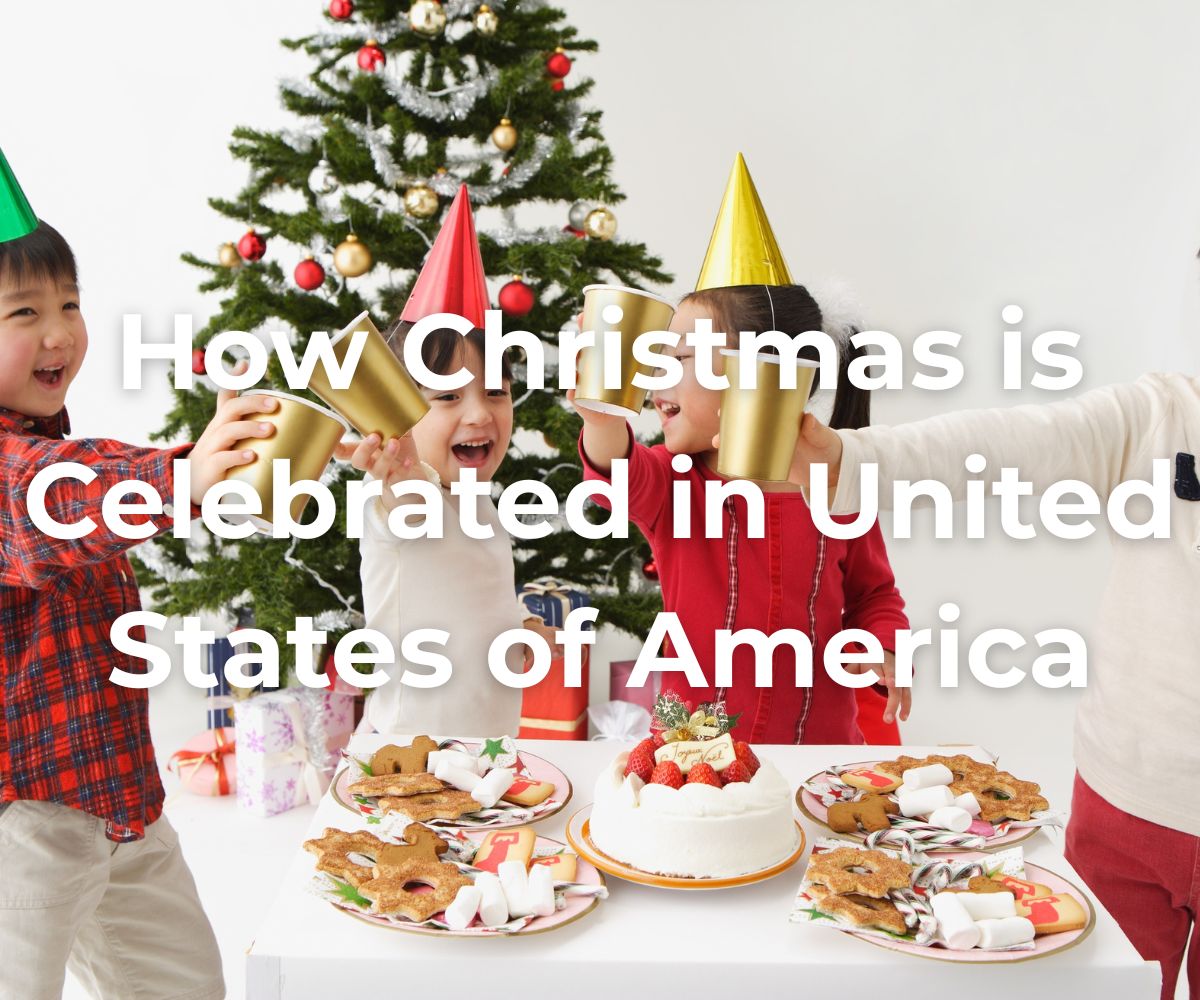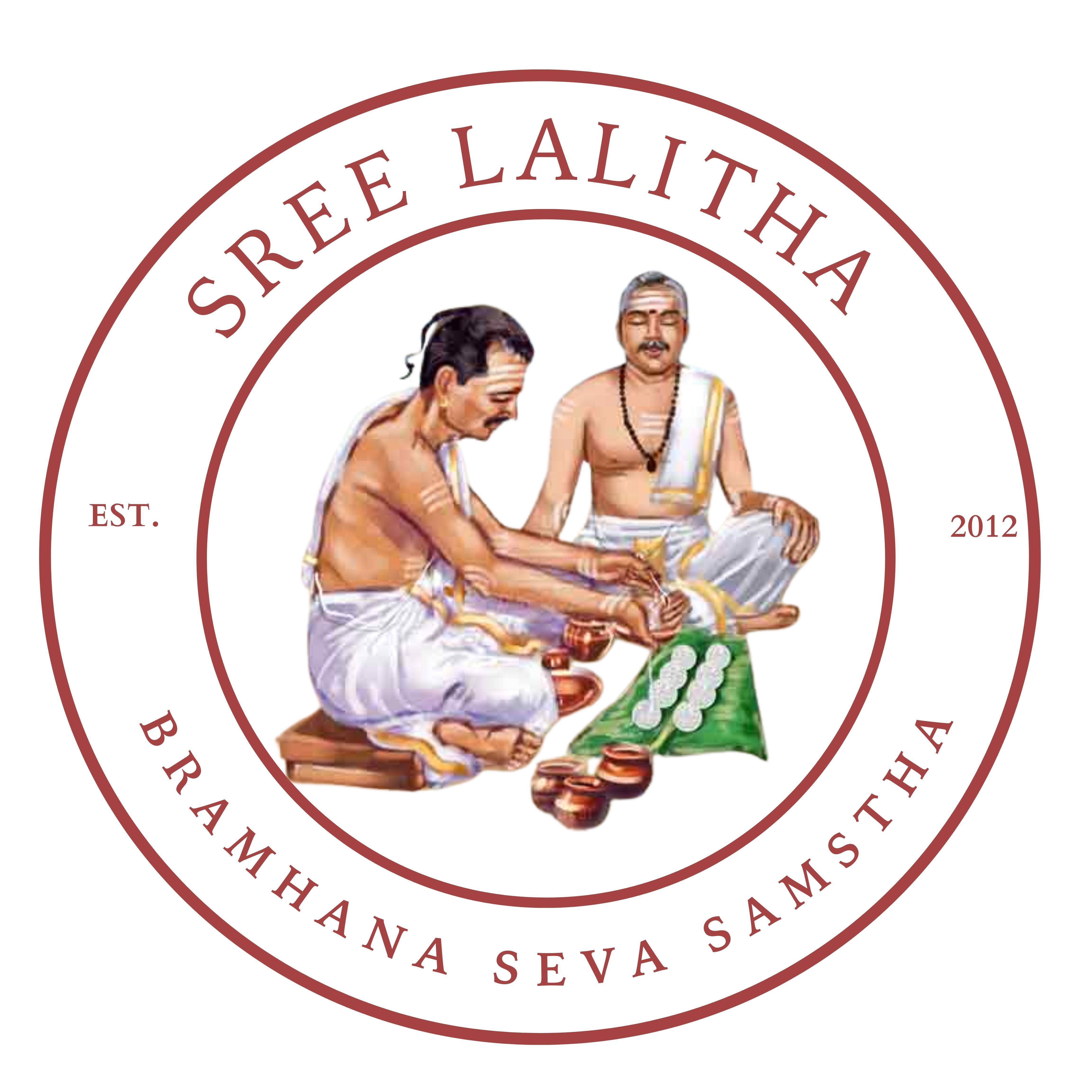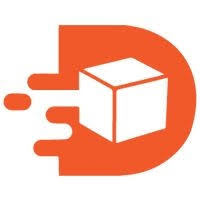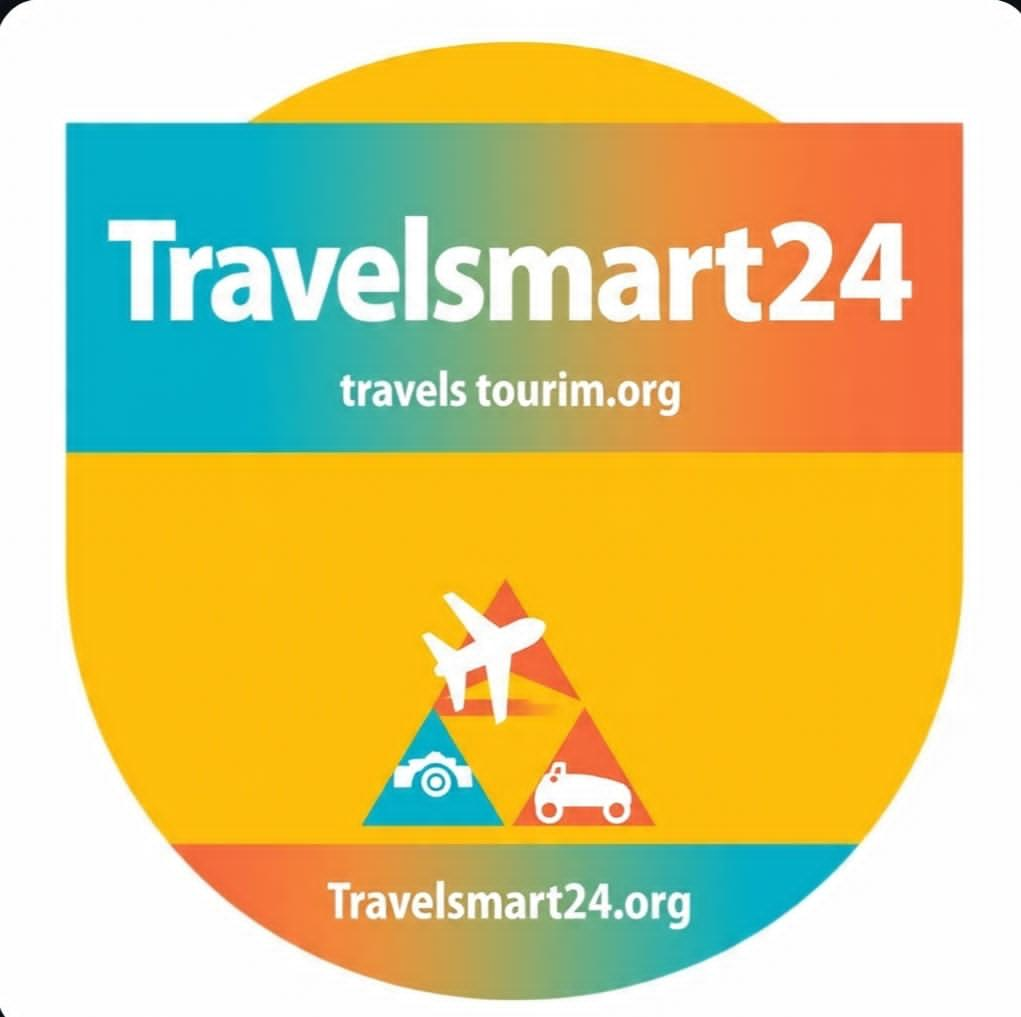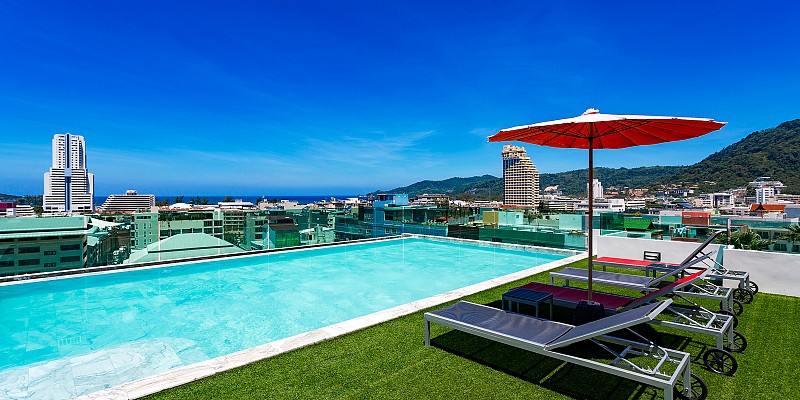colaba causeway market mumbai
Description
Colaba Causeway Market Mumbai – A Journey Through Mumbai’s Vibrant Street Life
In the heart of South Mumbai, where the Arabian Sea breeze mingles with the aroma of street food and the chatter of bargain hunters, stands Colaba Causeway Market—a living reflection of Mumbai’s dynamic soul. Known officially as Shaheed Bhagat Singh Road, the market stretches from the majestic Taj Mahal Palace to the Old Custom House.
For locals and tourists alike, “The Causeway” is more than a shopping destination—it’s a sensory adventure that blends history, culture, and human connection.
The Historical Roots of Colaba Causeway
The story of Colaba Causeway is woven into the creation of modern Mumbai. Once a series of disconnected islands, the city was gradually linked through land reclamation projects during British rule. In 1838, the British East India Company completed the Colaba Causeway, a man-made road that connected Colaba and Old Woman’s Island (Little Colaba) to the main island of Bombay.
Originally developed to ease access for the city’s elite and merchants, the Causeway soon evolved into a vibrant commercial hub. With colonial-era architecture framing its bustling streets, the area retained its old-world charm while welcoming modern shops and eateries. Today, it remains a crossroads of old and new—a living museum of Mumbai’s cosmopolitan energy.
A Market That Defines Mumbai
Walking through Colaba Causeway is like stepping into a kaleidoscope. The street is alive with sound and color—vendors calling out deals, music spilling from cafés, and bright displays of jewelry, clothes, and souvenirs stretching endlessly on both sides. The market reflects Mumbai’s character: inclusive, bustling, and endlessly diverse.
From budget streetwear to intricate silver jewelry, from vintage maps to handcrafted leather bags, the market caters to every kind of shopper. You’ll find hawkers, boutique owners, artists, and antique dealers—all coexisting in one dynamic, ever-changing ecosystem.
What to Buy at Colaba Causeway
Shopping at Colaba Causeway is not just about what you buy—it’s about the thrill of discovery. Every corner hides a treasure, every stall tells a story.
1. Fashion and Apparel
Clothing dominates the market’s offerings. You’ll find:
- Cotton kurtas, boho tops, and summer dresses for casual wear.
- Graphic T-shirts, denim jeans, and printed shirts with Mumbai-inspired designs.
- Wraparounds, scarves, and stoles featuring block prints, embroidery, or mirror work.
Check seams and zippers before buying, and don’t hesitate to try a quick fit over your clothes. The prices are negotiable, so a little patience and charm go a long way.
2. Jewelry and Accessories
Colaba Causeway is synonymous with junk jewelry—a paradise for those who love bold, affordable statement pieces. Look for:
- Oxidized silver earrings, chunky necklaces, and bangles with tribal or bohemian flair.
- Stone-studded rings and pendants in turquoise, amethyst, or lapis lazuli.
- Beaded anklets and toe rings are displayed on small pushcarts.
Pro tip: Bring a small pouch to store your finds, and check for secure clasps. If you care for your jewelry with soft cloths and tarnish wipes, it lasts longer than expected.
3. Bags, Leather Goods, and Footwear
The market offers stylish options for every budget:
- Handcrafted leather belts, wallets, and sling bags made by local artisans.
- Mini backpacks and travel pouches are perfect for casual outings.
- Kolhapuri chappals, mojaris, and sandals—traditional yet trendy footwear.
Before buying, flex soles to test comfort and inspect stitching for durability.
4. Home Décor and Antiques
For those seeking character-rich décor:
- Brass figurines, antique maps, and lanterns inspired by colonial Bombay.
- Vintage Bollywood posters, marine-themed souvenirs, and wall hangings.
- Macramé plant holders and hand-painted coasters from artisan stalls.
Ask vendors about the materials and origins if you value authenticity. Some items mimic metal finishes, so a gentle tap can reveal whether they’re genuine or composite.
5. Books, Art, and Curios
Book lovers can find secondhand paperbacks, rare records, and old postcards stacked in street-side towers. Many vendors offer bundle discounts, and if you’re lucky, you might stumble upon an out-of-print treasure.
Art stalls display Bollywood-inspired prints, vintage frames, and sketches by local artists—perfect as gifts or keepsakes.
6. Souvenirs and Keepsakes
For affordable gifts that capture Mumbai’s personality:
- Taxi and train magnets, keychains, and coasters with vintage designs.
- Miniature Gateway of India replicas and Marine Drive postcards.
- Colorful trinkets and tote bags stamped with Mumbai street art.
Remember: The first price quoted is rarely final. Start with half, stay polite, and let the bargaining dance begin.
How to Bargain Like a Local
Bargaining at Colaba Causeway is an art form. Vendors expect negotiation, and friendly humor often earns the best price. Here’s how to do it right:
- Start at 50% of the quoted price and work upward gradually.
- Bundle purchases from one vendor to get a better deal.
- Use cash for faster transactions, though digital wallets are increasingly accepted.
- Stay courteous—aggression rarely works; a smile does.
- Walk away if needed—you’ll often be called back with a better offer.
Think of bargaining as conversation, not combat. Everyone leaves happy when respect stays mutual.
Food and Cafés: The Culinary Trail
No trip to Colaba Causeway is complete without sampling its legendary food scene. The area brims with flavors, from humble street snacks to historic cafés.
1. Iconic Cafés and Bakeries
- Leopold Café – A Mumbai institution known for its lively energy, chilled beer, and Indo-Continental menu.
- Café Mondegar (Mondy’s) – Famous for its Mario Miranda murals and old-school jukebox.
- Theobroma – A bakery paradise for brownies, cheesecakes, and desserts.
- Irani Cafés – Traditional Parsi-style eateries serving bun maska, chai, and chicken patties.
2. Street Food Favorites
- Bademiya – The most famous late-night kebab stall, known for seekh kebabs, baida rotis, and spicy rolls.
- Mumbai Sandwich and Pani Puri stalls – Quick bites bursting with flavor.
- Sugarcane juice and lassi counters – Perfect refreshers on hot afternoons.
The mix of aromas—grilled meat, butter, masala, and sea breeze—is part of the market’s charm. Eating here is as integral to the experience as shopping itself.
When and How to Visit
- Timings: 10:00 AM to 9:00 PM daily.
- Best Season: November to February (cooler and more comfortable).
- Best Time of Day: Weekday mornings (10–1) for calm browsing; late afternoons (4–7) for lively vibes.
- Avoid: Midday summer heat and weekend rushes if you prefer breathing space.
Getting There
- By Train: Alight at Churchgate or Chhatrapati Shivaji Terminus (CSMT), then take a short taxi to Colaba.
- By Bus: Frequent routes connect from other parts of Mumbai.
- By Taxi or Auto: Easy drop-offs, but expect traffic near the Gateway of India.
- On Foot: From Gateway or Taj Mahal Palace, the Causeway is a short, scenic walk.
Parking is scarce—public transport or rideshare keeps the trip stress-free.
Budget and Price Range
Colaba offers something for every wallet:
- Street stalls: Affordable, flexible pricing.
- Boutiques: Mid-range to high-end.
- Cafés and restaurants: Budget bakeries to fine dining in heritage hotels.
Plan a spending limit before visiting—small items add up fast when temptation is everywhere.
Safety and Smart Shopping Tips
Crowds are part of Colaba’s charm, but caution helps you shop worry-free:
- Keep bags zipped and in front.
- Avoid displaying large amounts of cash.
- Use smaller notes for quick transactions.
- Confirm return policies at fixed stores (street vendors rarely allow returns).
- During festivals, crowds surge—stay alert in narrow lanes.
Colaba is generally safe, especially during the day. Still, common-sense awareness keeps the day smooth and enjoyable.
Sustainable and Responsible Shopping
Support the local community and environment by shopping consciously:
- Choose cotton, linen, or handloom fabrics over synthetics.
- Buy artisan-made crafts and locally sourced products.
- Bring a reusable shopping bag to reduce plastic use.
- Purchase postcards and prints from independent artists—they make affordable, authentic souvenirs.
Colaba thrives on small businesses—your purchases help sustain families and local culture.
Nearby Attractions
Colaba Causeway’s charm extends beyond shopping. Within walking distance, you’ll find some of Mumbai’s most iconic landmarks:
- Gateway of India: The grand colonial arch facing the harbor, ideal for photos and sea views.
- Taj Mahal Palace Hotel: A historic luxury hotel symbolizing Indian hospitality and architectural elegance.
- Kala Ghoda Art Precinct: A cultural hotspot with museums, galleries, and the annual art festival.
- Colaba Waterfront: Perfect for a sunset stroll after shopping.
Each landmark adds context to the market’s atmosphere—heritage, art, and the timeless rhythm of Mumbai.
A Sample Half-Day Itinerary
- Start early near the Taj Mahal Palace with coffee and bun maska.
- Shop for apparel and scarves at the northern end of the market.
- Explore jewelry and accessories—shortlist first, purchase later after price comparisons.
- Stop for lunch—try seafood at a nearby café or a kebab roll from Bademiya.
- Pick up home décor items or antiques on your way back.
- End the day with dessert at Theobroma or a sunset view near the Gateway of India.
This rhythm keeps your day balanced—shopping, eating, and unwinding.
Photography Tips
- Early mornings offer great light for architecture shots.
- Late afternoons bring golden tones and street energy.
- Capture candid moments—vendors chatting, scarf stalls swaying, children chasing pigeons.
- Always ask permission before photographing a vendor’s stall or products.
Your photos will reflect the real Mumbai—vivid, raw, and full of life.
Hidden Gems and Local Secrets
- Some vendors offer custom tailoring for quick alterations.
- Look for shops selling export-surplus clothing—great quality at low prices.
- Don’t miss side-lane stalls for hand-painted décor and unique finds.
- During festive seasons, lights and decorations turn the street into a carnival.
Wander beyond the main road—you’ll find some of Colaba’s best-kept secrets there.
A Short History Snapshot
Once the colonial gateway to India, Colaba evolved into a symbol of cultural fusion. The blend of Victorian buildings, Parsi cafés, and modern boutiques reflects the city’s layered identity. The market has seen artists, traders, soldiers, and students pass through for over a century. Today, it stands as a bridge between eras—old-world elegance meeting the pulse of urban India.
Family and Accessibility Notes
- Hold children’s hands during crowded hours.
- Pick cafés with restrooms for family convenience.
- Pavements can be uneven—comfortable shoes help.
- Wheelchair access is limited, but many stalls operate at street level.
Hospitality is part of the local spirit—most vendors are happy to assist when asked politely.
The Spirit of Colaba Causeway
Colaba Causeway is more than a street—it’s an experience that mirrors Mumbai’s heartbeat. Every bargain struck, every snack enjoyed, and every conversation held adds to the living story of this vibrant city corner. Amid modern malls and online shopping, the Causeway remains a celebration of human interaction—where smiles, scents, and stories flow freely.
Whether you’re a tourist collecting souvenirs or a Mumbaikar revisiting old haunts, the Causeway reminds you of what makes Mumbai special: resilience, rhythm, and relentless life.
Final Word
Colaba Causeway Market is a celebration of discovery. It’s the smell of kebabs on the grill, the gleam of silver jewelry under fairy lights, the sound of bargaining laughter echoing down the street. It is Mumbai—loud, alive, and endlessly welcoming.
Plan your visit, carry your curiosity, and prepare to lose yourself in a market that captures the city's true heart.



